Raising freezer temps could reduce greenhouse gas emissions and energy use by around 20% to 30% per unit
Ben & Jerry’s ice cream owner Unilever announced it plans to experiment with increasing the temperature of its ice cream freezers to minus 12 degrees Celsius.

Photo courtesy Ben & Jerry’s
The industry standard for ice cream freezers in most markets is minus 18 degrees Celsius.
Unilever says the trial run is being done so that it can assess energy use and “product performance” of the ice cream when stored at the warmer temperature.
“These pilots will provide valuable information on how much energy we can save and how our ice cream products perform in warmer freezers to ensure we deliver the same great-tasting ice cream,” said Matt Close, President Ice Cream, Unilever, in a statement.
Unilever says the trial runs are set to take place in Germany this month and then another in Indonesia next year.
The move to minus 12 degrees Celsius, according to Unilever, could reduce greenhouse gas emissions and energy use by somewhere in the ballpark of 20% to 30% per unit.
If the trial is successful, Unilever says it will use a “phased approach” to begin warming up its freezers, starting in markets where its “last mile freezer cabinet carbon footprint is highest.”
Unilever says its ultimate goal is to “achieve the maximum reductive impact on its own carbon emissions,” while noting that it hopes other ice cream manufacturers will follow suit.
“We’re actively seeking to collaborate with partners from across the ice cream and frozen food sectors to drive industry-wide change, so the collective positive impact is far greater,” Close said.
Unilever says that emissions from its retail ice cream freezers make up around 10% of its “value chain greenhouse gas footprint.”
The company already has a climate transition action plan which lays out its plan to reduce its value chain emissions by “reducing cabinet energy consumption” by innovating its technical components and “exploring programmes that will enable the freezers to be powered by renewable electricity, and working towards ‘warming up’ the cold chain.”


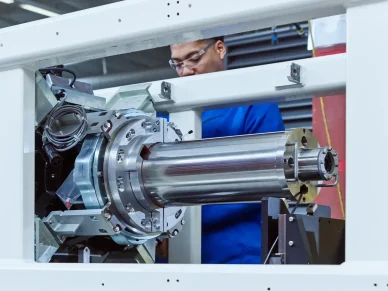
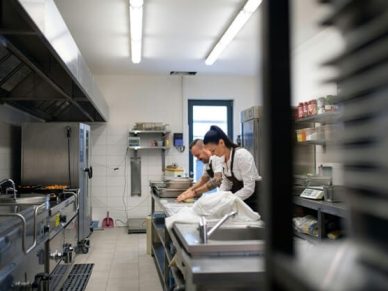
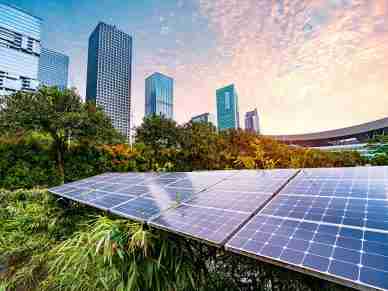
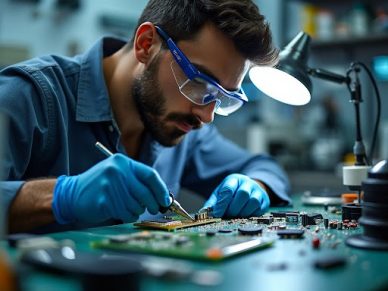


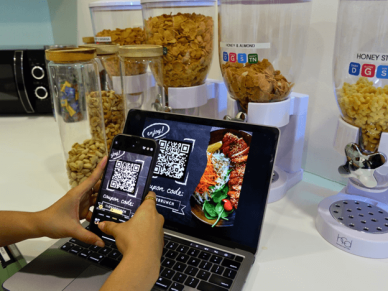


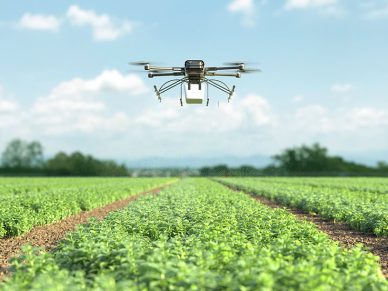




Leave a Reply